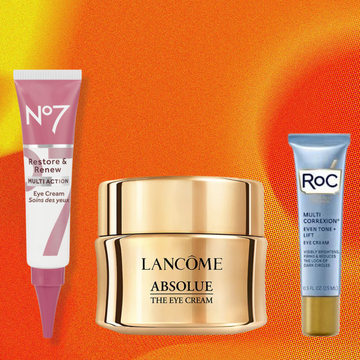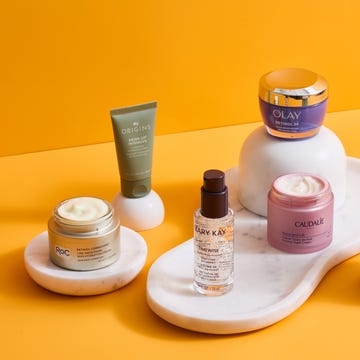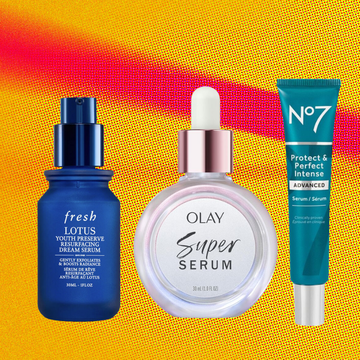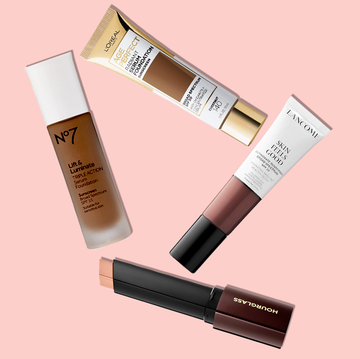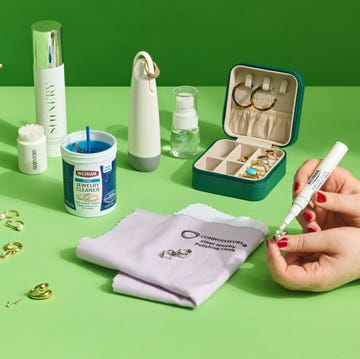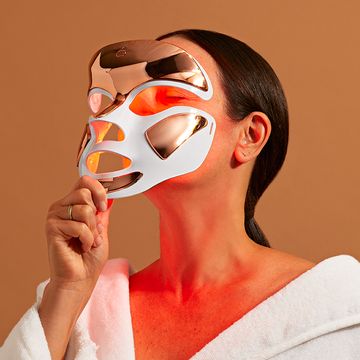13 Best At-Home Chemical Peels for Glowy Skin, Tested by Beauty Scientists
Our top-tested face peels will soften sensitive skin, wrinkles and more.

We've been independently researching and testing products for over 120 years. If you buy through our links, we may earn a commission. Learn more about our review process.
Products identified in a recent FDA warning letter contain active ingredients that exceed the concentrations deemed safe by the Cosmetic Ingredient Review (CIR), the FDA or the European Union Scientific Committee on Consumer Safety (EU SCCS) for use in cosmetic applications intended for consumer at-home use. Additionally, these products feature drug claims in their packaging or marketing materials and/or lack proper labeling. The use of these products presents a significant safety risk for consumers. The Good Housekeeping Institute Beauty Lab recommends that consumers choose products from well-established brands that offer these cosmetic benefits. It is advisable to consult with a medical professional about any concerns about specific ingredients or treatments.
When used carefully and as directed, at-home chemical face peels can be an effective way to exfoliate your skin and are an important step in any skincare routine. "At-home chemical peels are products made with chemical exfoliators, usually acids, that help break down and shed the outermost layer of skin cells," explains Good Housekeeping Institute Beauty Lab Reviews Analyst Chiara Butler. "By exfoliating the outermost layer of skin, peels can make skin appear smoother and feel softer. They can help unclog pores, making them look smaller, and reduce the appearance of dark spots."
Additional benefits include "improving skin tone and glow, as well as combatting acne breakouts, depending on the ingredients," adds Laura Scott, M.D., a dermatologist and founder of Scott & Co. Skin in San Diego, California. Alpha-hydroxy acids (AHAs) and beta-hydroxy acids (BHAs) are commonly used ingredients in these at-home peels.
The Good Housekeeping Institute Beauty Lab has a history of rigorously testing at-home chemical peels in the Lab as well as on consumer testers. In the Lab, our scientists' extensive testing protocols include using digital imaging to track changes in skin before and after use. Then, consumer testers evaluate the products based on attributes like ease of use, irritation and perceived results. In the Beauty Lab's latest face peel test, scientists tallied nearly 10,000 data points to find the best at-home chemical peels, so you can feel confident you're buying the best ones on the market.
Ahead, our 13 top picks for the best at-home chemical face peels as tested by the GH Beauty Lab, including options for hyperpigmentation, glycolic acid formulas and professional brands.
Carmen Castilla, M.D., is a Manhattan-based, board-certified dermatologist specializing in personalized, patient-centered treatment plans in cosmetic and medical dermatology. She graduated cum laude from New York University before going on to attend Rutgers New Jersey Medical School where she was a member of the highest honor society—Alpha Omega Alpha. She then completed her internship in internal medicine at the renowned Brigham and Women’s Hospital-Harvard Medical School in Boston and her dermatology training at New York University Langone Hospital, one of the top-ranked programs in the country. As an internationally-recognized thought leader in skincare and holistic medicine, she has published numerous papers and textbook chapters, is an expert source for media, and has a passion for sharing her evidence-based knowledge. She sees patients at New York Dermatology Group and is a clinical instructor at Mount Sinai Hospital.
Sabina (she/her) is the director of the Beauty, Health & Sustainability Lab at the Good Housekeeping Institute, where she has overseen skincare, haircare and makeup testing since 2012. She also reviews applications, substantiates claims and evaluates products for the GH Seal and the Beauty Awards and Sustainability Awards programs. She has a B.S. in chemistry from Ithaca College and more than 16 years of experience working in the pharmaceutical and personal care industries.
Danusia (she/her) is a senior chemist in the Beauty, Health and Sustainability Lab at the Good Housekeeping Institute where she evaluates haircare, skincare, cosmetics and beauty tools. She holds a B.S. in chemistry from St. John’s University and a M.S. in pharmaceutical sciences with concentration in cosmetic science from the University of Cincinnati. Danusia has over 10 years of experience in the personal care industry including formulation, product development, claim evaluation and efficacy testing.

Readers Also Read
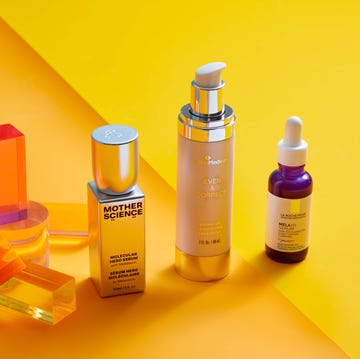
The Best Dark Spot Correctors
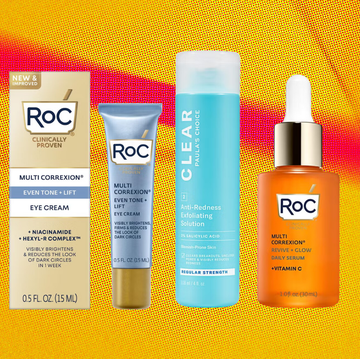
The Best Skincare Routine for Morning and Night
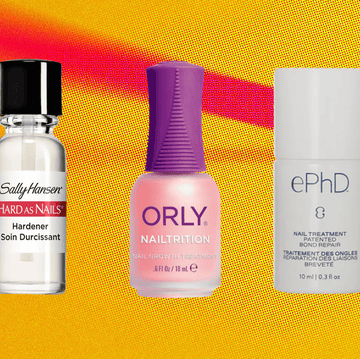
The Best Nail Strengtheners for Brittle Nails

The 8 Best Pressed Powders to Lock in Your Look




















